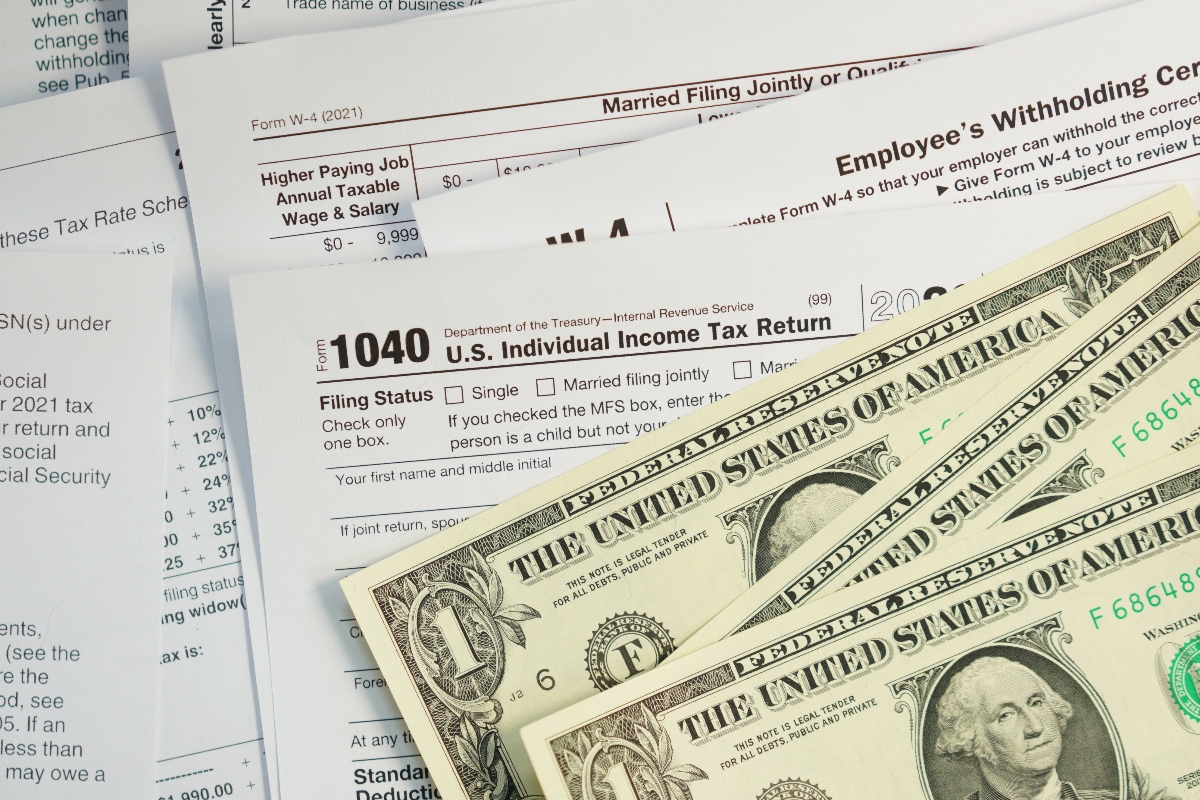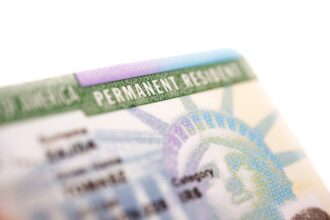The new tariffs announced by former President Donald Trump, if implemented, would hit lower-income households in the U.S. the hardest, especially those of Hispanic origin, according to a report by the Yale Budget Lab, an economic research center at Yale University.
According to the study, if the proposed tariffs average 20% – as Trump has stated he intends to implement for 184 countries – low-income households could lose up to 5.5% of their annual disposable income. This is because these households spend a higher percentage of their income on daily consumption, and are the most dependent on low-cost imported products.
Why is this happening?

Tariffs are imposed on imports.
When these rise, the prices of essential products such as food, clothing, household appliances and technology also increase.
These households spend a higher percentage of their income on daily consumption
QueOnnda.com
While high-income households can better absorb these increases or seek alternatives, working families – especially Hispanic ones – have less room to maneuver.
“The impact is not even,” the study explains.
“Although in absolute terms the losses are greater in wealthy households, poor households lose a greater proportion of their total income.”
Rates up to 34

Trump’s announcement was made during what he called “Liberation Day.”
It declared a base tariff of 10% for all imports from 184 countries, including allies such as the European Union.
In addition, it established differentiated tariffs: 20% for European products and up to 34% for goods from China.
The measures will take effect this Saturday, April 5, and will be extended on April 9.
In the event of retaliation from other countries with similar increases, the report estimates that households in the richest 10% could lose up to $9,500 annually, while middle-income households would see reductions of about $3,800 a year.
It is key to monitor essential expenditures and look for domestic products or those with lower tariff impact.
If possible, use food or community assistance programs, especially if prices are soaring.
It is also advisable to follow the official economic information channels of the government and local organizations to understand the changes.
For more information, visit QueOnnda.com.






















